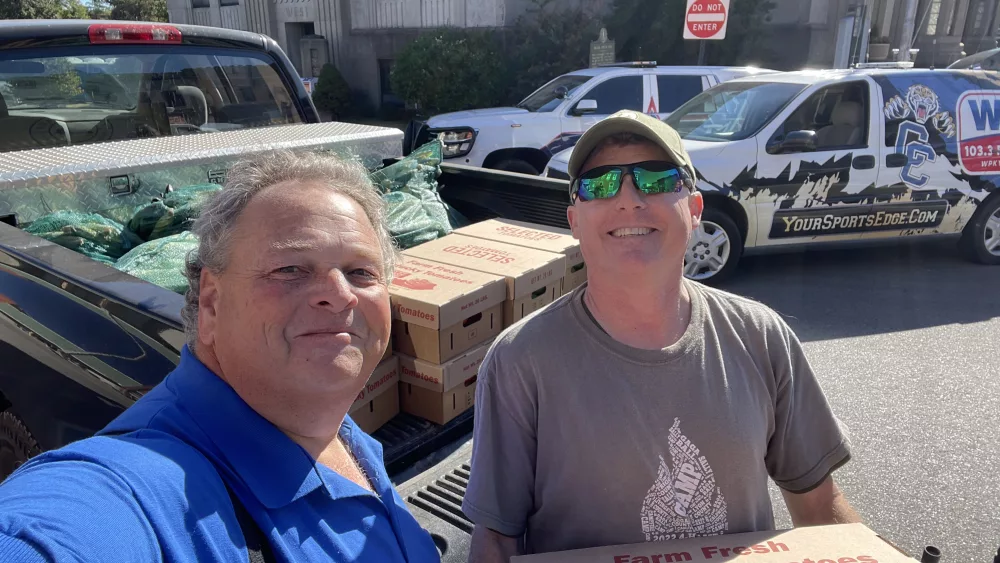A study conducted by the National Institute for Occupational Safety and Health found that nine percent of all deaths in agriculture are young workers under 25 and that half of all deaths in farming are workers over age 55.
Unfortunately, farming is a dangerous business and even more so for workers under 25 and above 55 age groups. A study of 998 Kentucky farmers aged 55 and older found that the leading causes of farm injuries were falls, machinery, wood-cutting, and animal-related events. Farmers who worked on farms with beef cattle or beef cattle and tobacco had a higher risk of injury. Youth make up about 15 percent of the farm workforce, while older workers make up about 25 percent, together that’s nearly half of the agricultural workforce in Kentucky.
Farmers can become complacent and put too much faith in defined safety protocols. We often think because a chemical has a warning label, or a piece of equipment has a certain safety feature, that alone makes it safer. Young workers lack experience, and older workers can be less attentive, and because we are human, we make mistakes. Parents sometimes over-estimate their kids’ abilities, perhaps forgetting they are children and sometimes their behavior is childlike. Children need proper training and supervision on the farm. Parents need to explain the rules and why they exist.
The University of Kentucky AgrAbility Project stresses that many injuries and deaths can be prevented on farms and ranches by using effective education, emphasizing hands-on training. For more information visit the Kentucky AgrAbility website at: https://agrability.ca.uky.edu/resources-health-and-safety.
For more information about alternative grain storage, contact the Caldwell office of the University of Kentucky Cooperative Extension Service.
Educational programs of the Cooperative Extension Service serve all people regardless of economic or social status and will not discriminate on the basis of race, color, ethnic origin, national origin, creed, religion, political belief, sex, sexual orientation, gender identity, gender expressions, pregnancy, marital status, genetic information, age, veteran status, or physical or mental disability.





